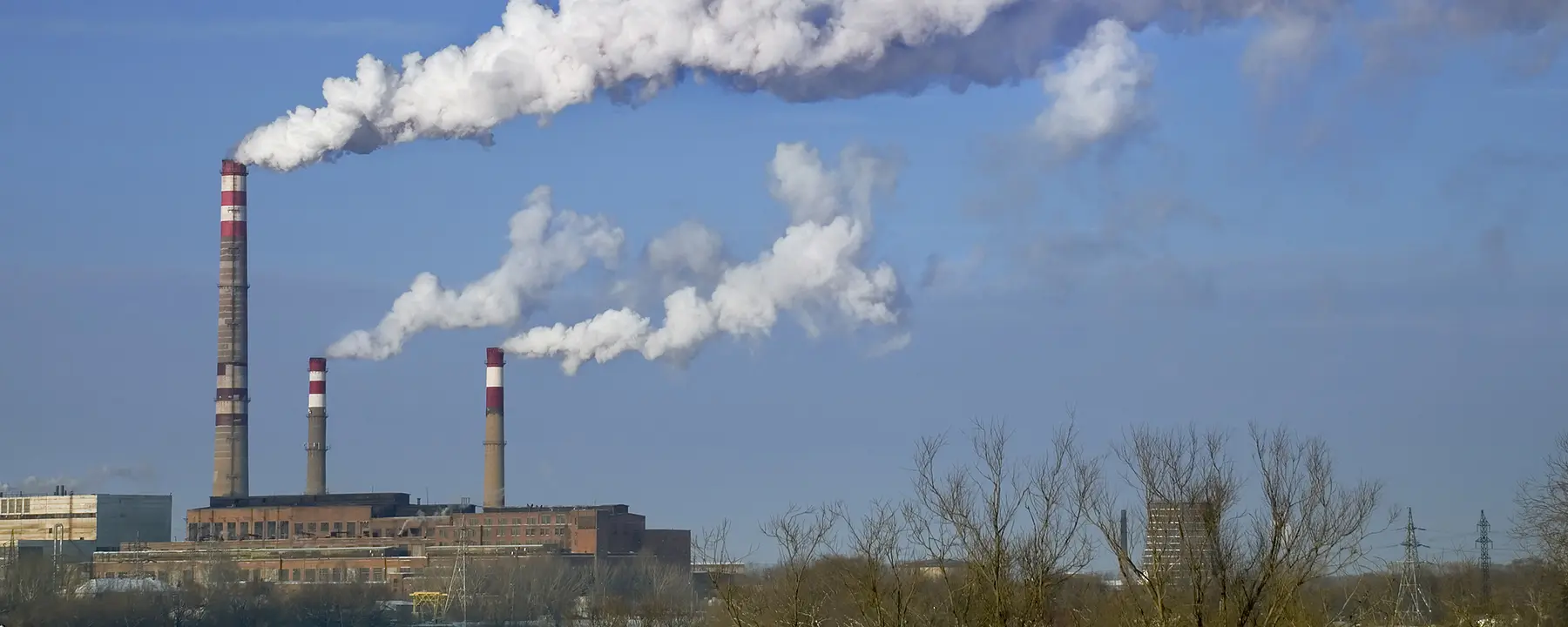How citizen scientists are helping RTI measure particulate matter in the atmosphere
At any given moment, the National Aeronautics and Space Administration (NASA) has about two dozen Earth Observation Satellites in orbit. Instruments such as the Moderate Resolution Imaging Spectroradiometer (MODIS) aboard the Terra and Aqua satellites monitor levels of atmospheric aerosols, including both small and large particles of dust, ash, black carbon, industrial pollutants, and other substances. It is especially important to monitor the concentrations, and sources, of tiny particulate matter (PM2.5), particles smaller than 2.5 micrometers in size that can adversely affect human health, causing or exacerbating conditions like asthma and heart disease.
One of the limitations of such passive, satellite-based aerosol measurements is that a top-down view of PM2.5 concentrations from orbit can’t differentiate these particles by depth—that is, there’s no easy way to determine how many of these particles are at ground level (where they can cause the most harm to life on earth) and how many are higher up in the atmosphere.
This is where RTI comes into the picture: we are working with NASA (as well as the Universities Space Research Association, the South Coast Air Quality Management District, the Environmental Protection Agency, and various other institutions) to deploy low-cost air-quality monitors at ground level, the data from which can be used to provide additional information to help improve satellite readings. Previously, the only way to measure ground-level particulates was by installing large, expensive monitors, but technology has advanced enough to make this new technique possible at a much lower cost.
Using Citizen Scientists to Help Democratize Research
Our project will utilize around 100 citizen scientists—local volunteers with an interest in science, who are not paid for their time--in each of three different regions: Raleigh, NC; Los Angeles, CA; and Delhi, India. (Relatively speaking, these three regions represent low, moderate, and high levels of atmospheric particulate matter, respectively.) These volunteers will install low-cost (about $200) sensors, supplied by RTI, outside their homes or work locations, and will be asked to ensure their continued, reliable operation over the course of a year. To address the complexities of maintenance and data collection, each region’s citizen scientists will receive one day of group training, followed by continual engagement via online blogs, school projects, and other activities.
Selecting the right kind of sensor, in itself, necessitated a fair amount of work. During Phase I of our study, our team evaluated 20 commercially available low-cost air-quality sensors at the South Coast Air Quality Management District’s Air Quality Sensor Performance Evaluation Center and out in the field. We finally decided on the PurpleAir PA-II, which offered the ideal balance of price and data quality, after proper calibration. Our plan is to have the 300 deployed PA-II units measure particulates at one-minute intervals, process the data on an hourly basis, and transmit the results to the cloud, where they will be accessible not only to NASA but to anyone with an internet connection.
Deploying a New Model for Scientific Research
While our study of PM2.5 concentrations promises to have a positive impact on human health, there is a larger issue involved: harnessing the general public’s desire to be involved on a local level with scientific research, which will make this effort sustainable in the long run. To this end, our particulate research is one of only a half-dozen citizen scientist projects being funded by NASA; others involve measuring snow cover in the Pacific Northwest, recording birdsongs on smartphones to track species diversity, and mapping floating “kelp forests.”
In the near term, our study of PM2.5 concentrations will have the most benefit on earth, where our results will be combined with satellite data to produce a more accurate global model of particulates in the atmosphere. This project promises to be particularly beneficial to low- and middle-income countries that lack a robust ground monitoring network and/or the resources to build one, and will be invaluable in evaluating health impacts and managing air quality, in turn helping to improve human health across the globe.
- National Aeronautics and Space Administration
